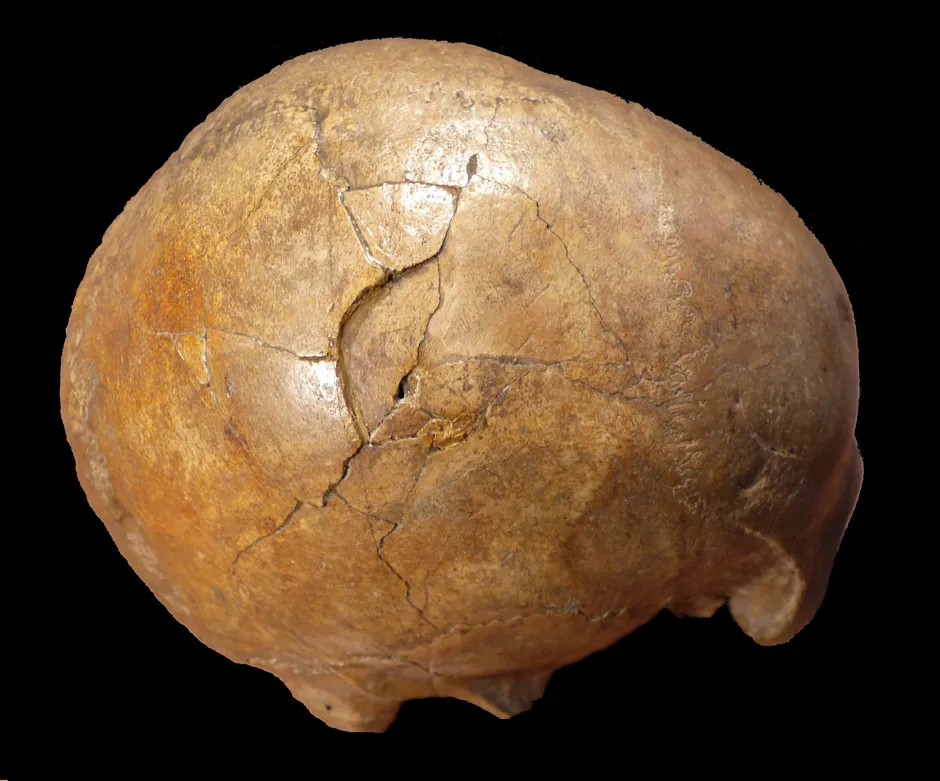Forensic analysis of the skull of a man who lived in the Upper Palaeolithic period suggests that he was bludgeoned to death by a stone age killer.
The fossilised skull of an adult man, known as the Cioclovina calvaria, was originally uncovered in a cave in South Transylvania, Romania, in 1941 and is thought to be around 33,000 years old.
The skull has been studied extensively in the past but the exact cause of a large fracture on the right side of the cranium has long been debated. Did it happen before or after the man died?
Read more about our ancient ancestors:
- First proto-urban communities experienced overcrowding, infection and violence
- Stone Age chewing gum reveals history of Scandinavia
Now, an international group of researchers based at the Eberhard Karls Universität in Tübingen, Germany, have reassessed the fracture using cutting-edge techniques. They created a set of 12 synthetic bone spheres, tested them in a series of different scenarios such as falls from various heights and blows from rocks or bats, and then produced 3D scans of them using technology similar to the CAT scanners used in hospitals to create detailed images of the insides of bodies.

They discovered that the man had suffered two injuries at or near the time of death – a straight line fracture at the base of the skull followed by a fracture on the right side of the cranium.
The simulations show that the injuries were would have been fatal and were likely to have been caused by concussive blows by a club-like object possibly held in the killer’s left hand. The positioning of the fractures suggest that they were the result of a face-to-face confrontation suggesting that the injuries resulted in an intentionally-caused violent death, the researchers say.
“The Upper Paleolithic was a time of increasing cultural complexity and technological sophistication. Our work shows that violent interpersonal behaviour and murder was also part of the behavioural repertoire of these early modern Europeans,” the researchers said.
Follow Science Focus onTwitter,Facebook, Instagramand Flipboard
